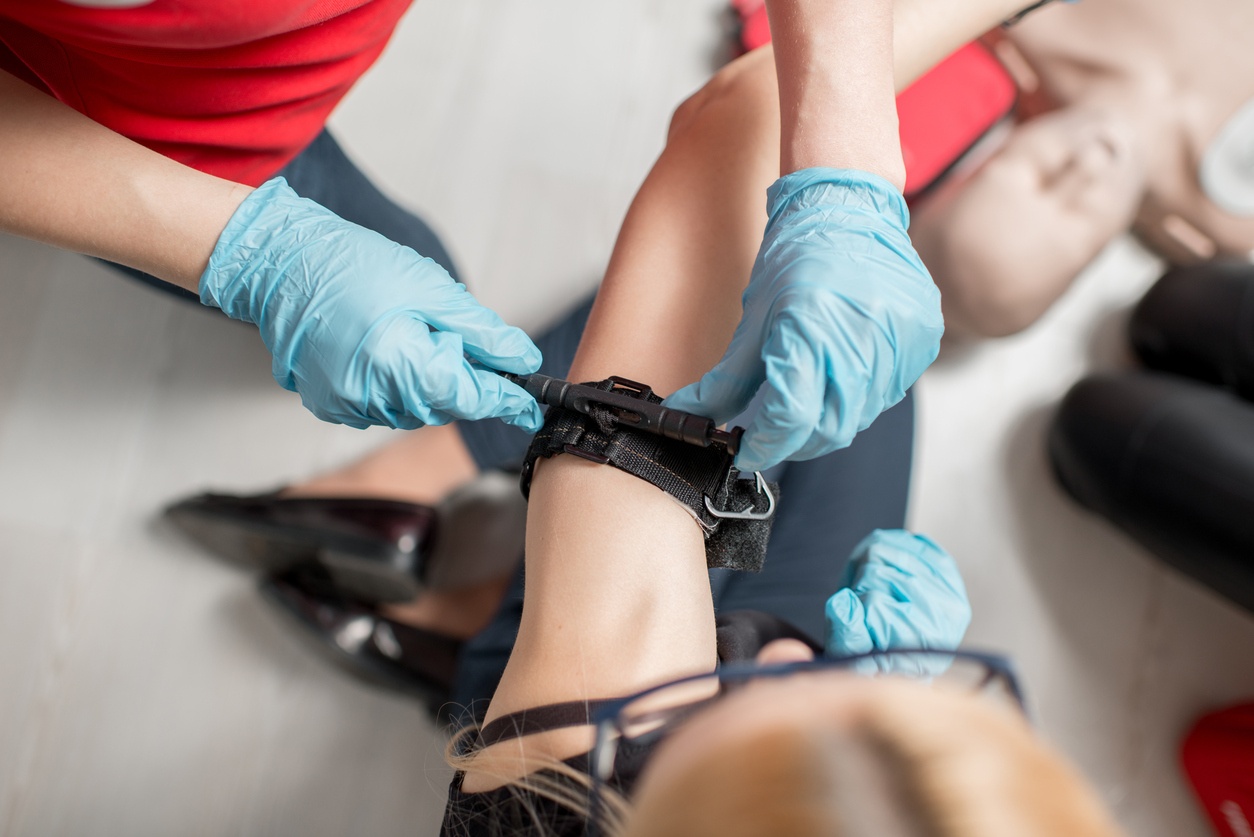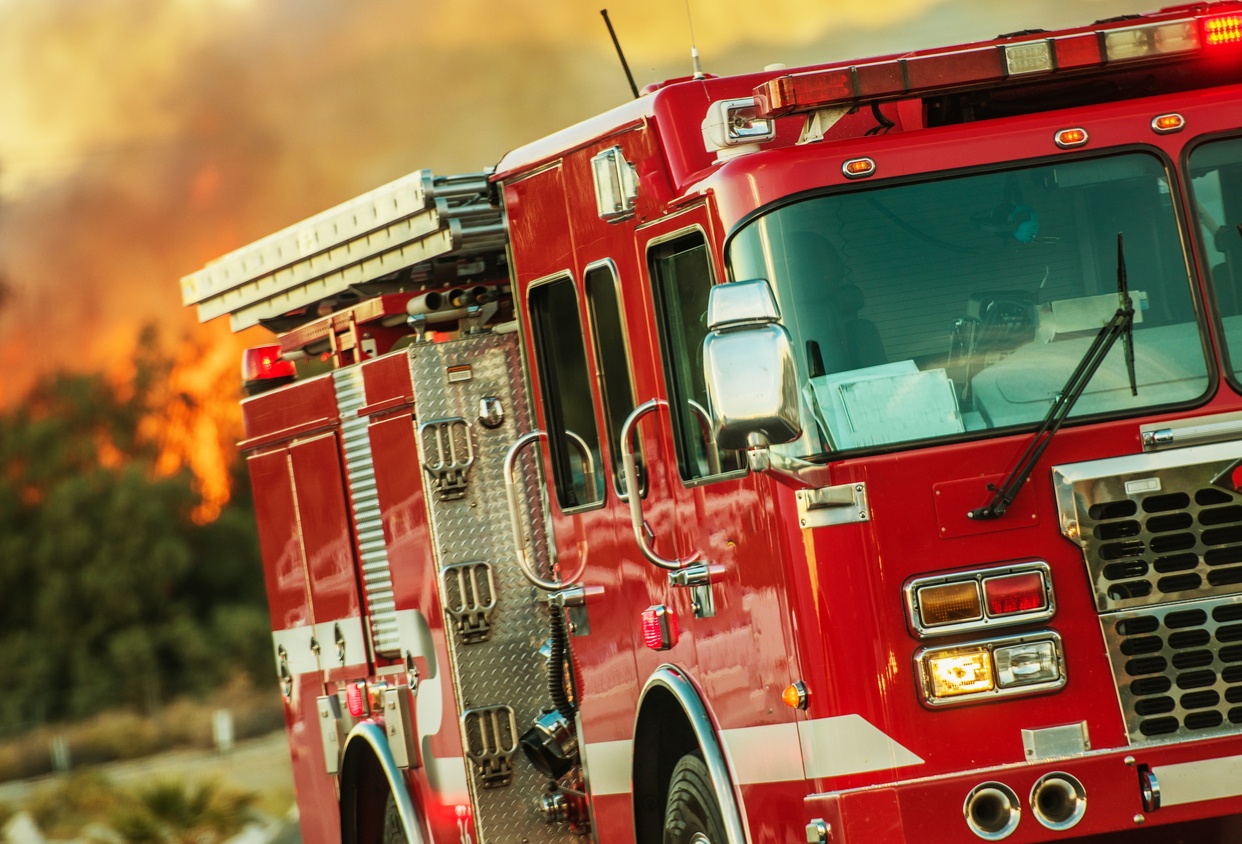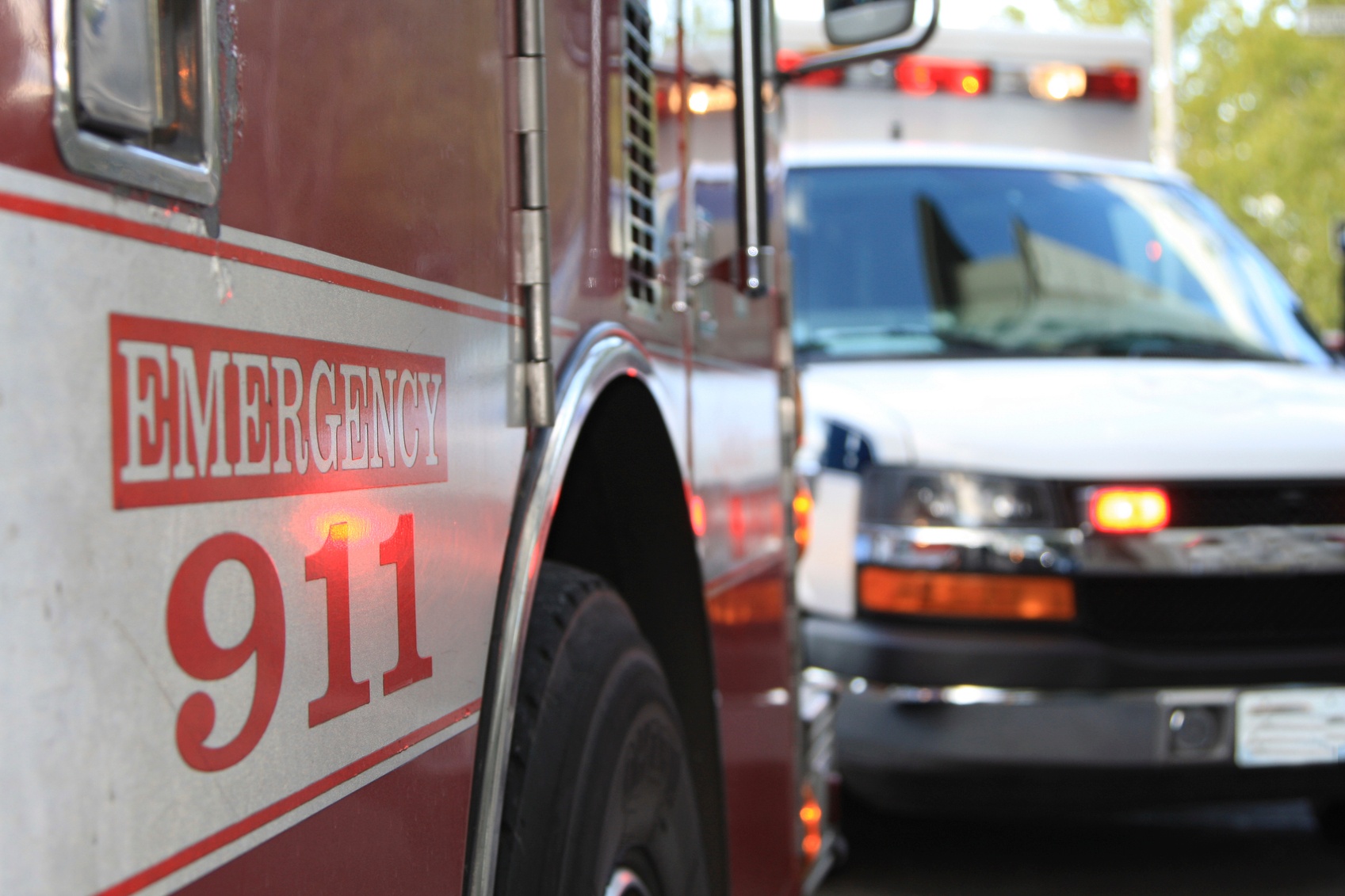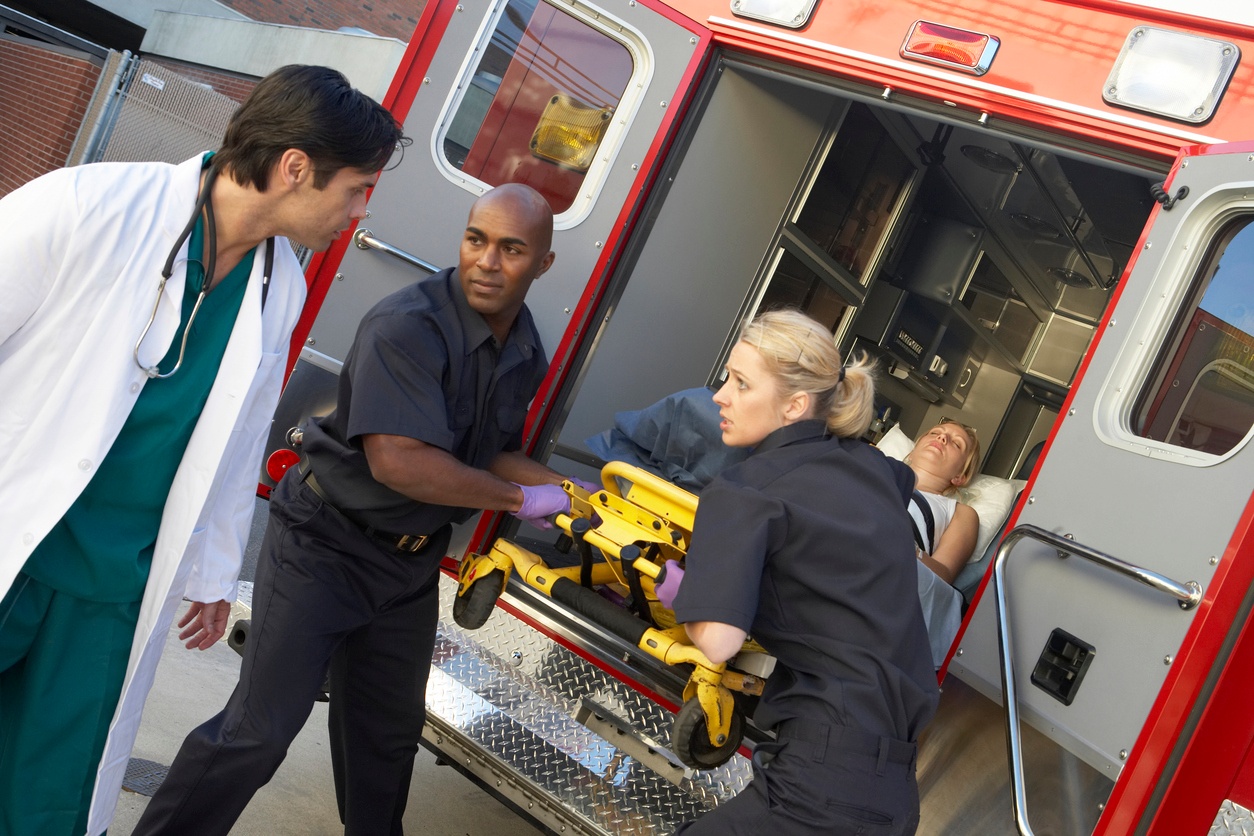
Since 2005, in the United States, unintentional injury has been the leading cause of death for people ages 1-44 years old. More often than not, bystanders are the first people on the scene when someone becomes seriously injured. Unfortunately, those bystanders may not know what to do in such a tense situation before emergency services arrive.

According to the Centers for Disease Control and Prevention (CDC), 80 to 100 firefighters die in the line of duty each year. Firefighting is a dangerous occupation, but education and practice can help first responders identify and address life-threatening situations.

Joann Freel is the Executive Director of the National Association of EMS Educators (NAEMSE). NAEMSE is a member-focused association of EMS educators whose core mission is to inspire educational excellence.

The National Institutes of Medicine reported in its well-known paper “To Err is Human: Building a Safer Health System,” that as many as 98,000 people were dying due to medication errors in hospitals – errors that the institute believed were preventable.

Emergency scene simulations, such as a mock car crash, can do more than help prepare EMS providers and other first responders. They can help high school students avoid becoming statistics.











